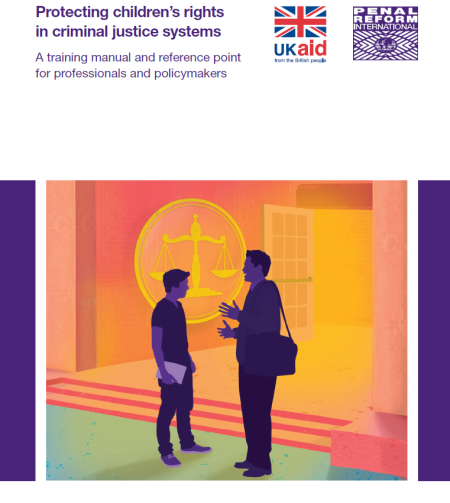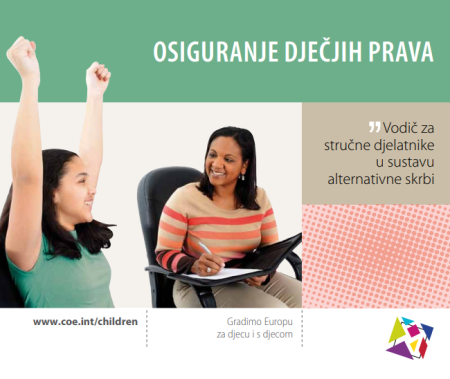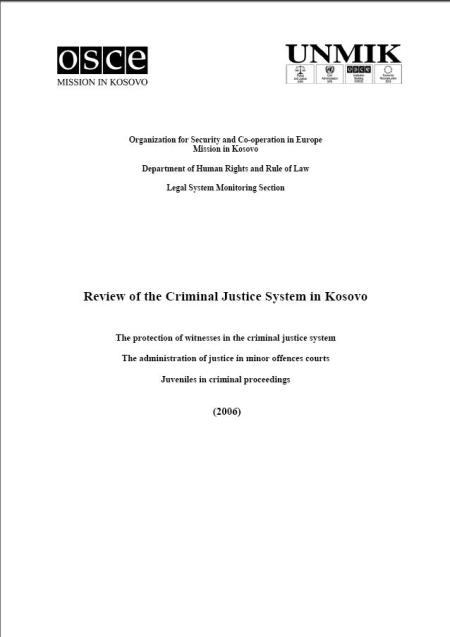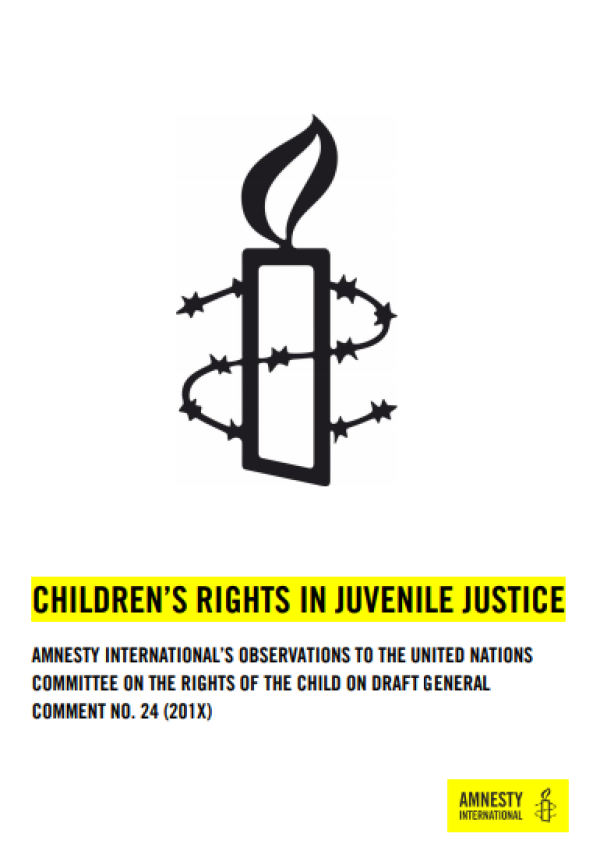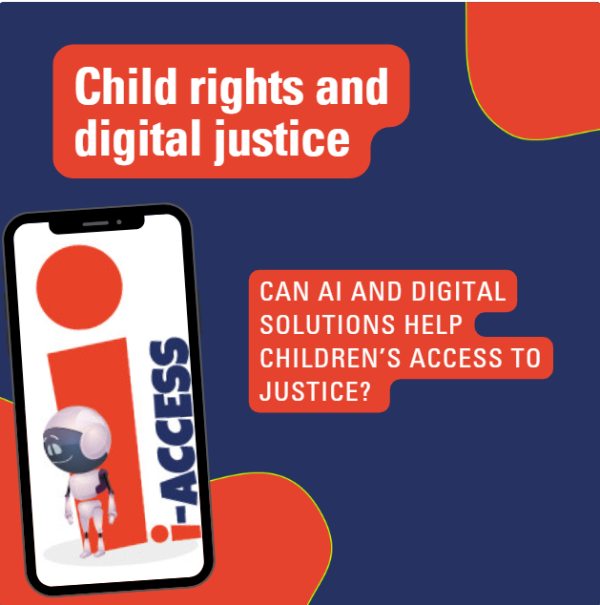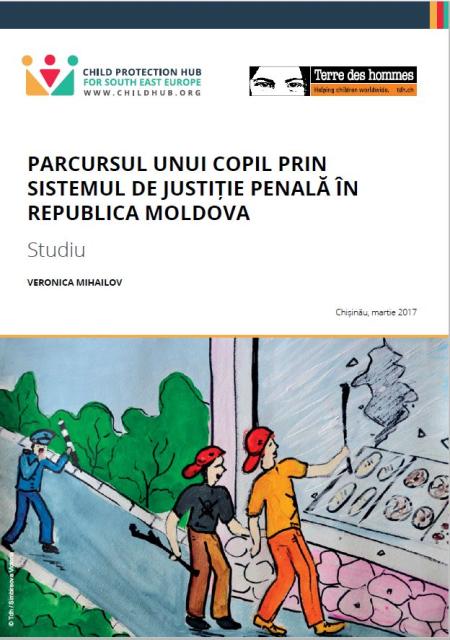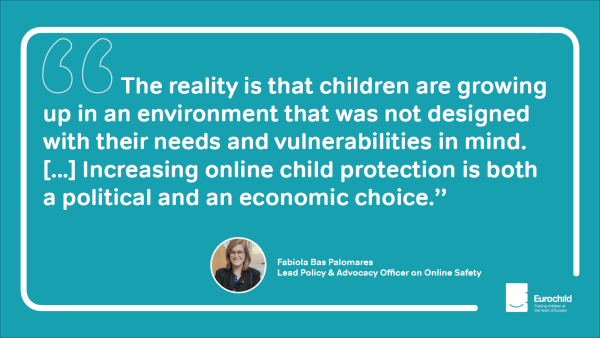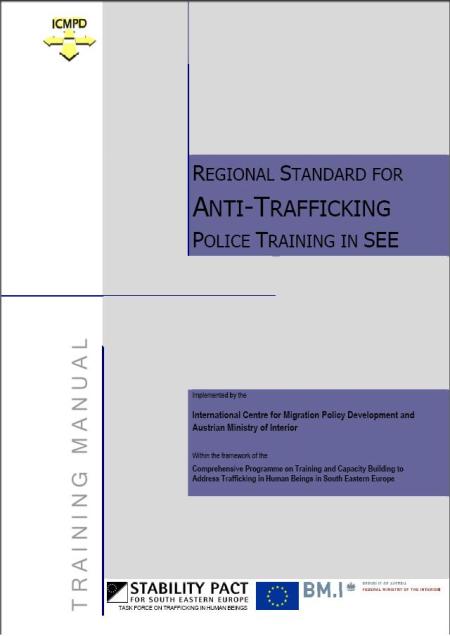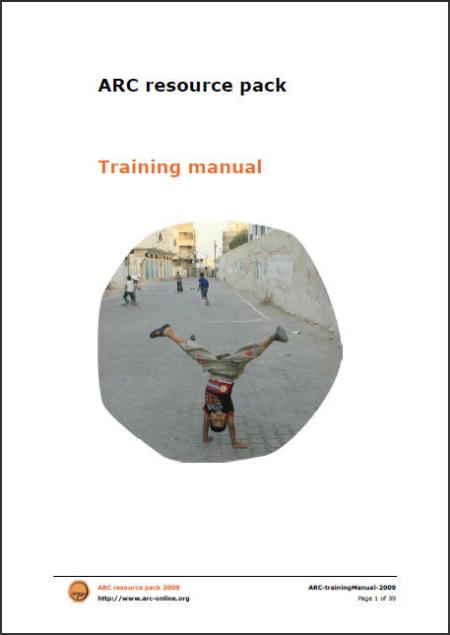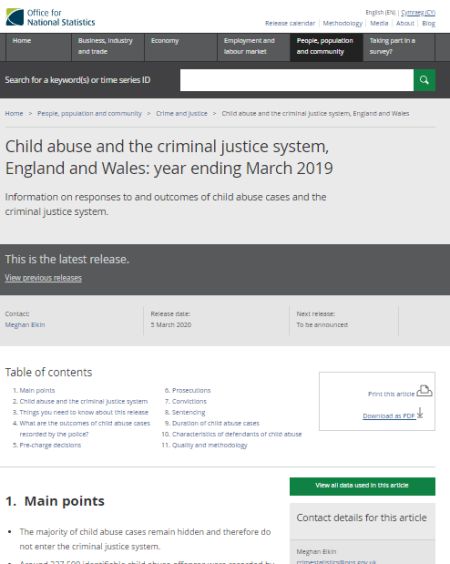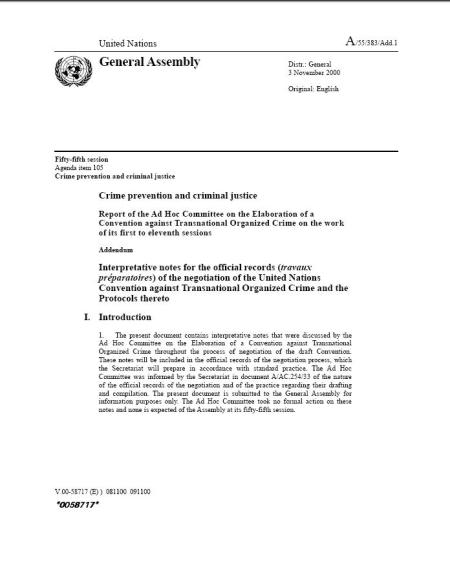
Protecting Children’s Rights in Criminal Justice Systems: A training manual and reference point for professionals and policymakers is based on the concept of ‘justice for children’. Justice for children takes a broader approach than the traditional focus on juvenile justice as it encompasses not only children in conflict with the law, but also children who are victims or witnesses of crime, and children who may be in contact with the justice system for other reasons such as custody, protection or inheritance (child parties to a justice process). It can be seen as an overarching concept that works for the benefit and best interests of all children who come into contact with justice and related systems.It includes aspects such as prevention, diversion, rehabilitation, assistance services and protection measures.
This ‘justice for children’ framework has been developed in recent years through a number of important international initiatives including:
- Economic and Social Council Guidelines on Justice Matters involving Child Victims and Witnesses of Crime adopted in 2005;
- The Guidance Note on Justice for Children issued by the UN Secretary General in 2008;
- Model Law on Justice in Matters involving Child Victims and Witnesses of Crime developed by UNICEF and UNODC in 2009;
- Guidelines of the Committee of Ministers of the Council of Europe on child friendly justice adopted on 17 November 2010.
This Manual on protecting children in criminal justice systems will cover the first two tenets of the justice for children concept: children in conflict with the law and child victims and witnesses. It will also look at responding to children who may be at risk of entering criminal justice systems (either due to their social circumstance or because they have committed an act that would be considered criminal if they were above the age of criminal responsibility).
The Manual will cover a variety of topics and issues including: child protection, crime prevention, law enforcement, trial procedures, sentencing and rehabilitation. These are key areas of social policy, dealing with a growing number of vulnerable children who are often marginalised from society. How these children are treated by the justice system is a critical factor in determining how they will be reintegrated into their families, schools and communities.
While legislative reform is necessary in many countries, our experience has led us to understand that it is not the only answer to protecting children’s rights in the justice system. The strength and ability of justice, support and protection systems and those who work within them is the key to effective and fair implementation of the principles of justice.
The Manual is a tool designed to strengthen the capacity of those involved in working with children involved in the justice process. It aims to be a comprehensive reference guide for those working in a range of professions or agencies within the criminal justice framework. The training module is intended for those professionals and stakeholders who have a training component to their jobs and is intended to help them effectively teach the principles outlined in the Manual using experience-based training methodology.
Based on international and regional standards, the Manual provides a practical approach to addressing issues that arise for children in criminal justice systems, which is illustrated by examples of good practice from other countries.
It has ten chapters and a training module, and is set out as follows:
- Chapter 1: Principles of justice for children
- Chapter 2: Children at risk
- Chapter 3: Arrest
- Chapter 4: Diversion
- Chapter 5: Victims and witnesses
- Chapter 6: Trial and sentencing
- Chapter 7: Detention
- Chapter 8: Independent monitoring mechanisms
- Chapter 9: Reintegration
- Chapter 10: Putting justice for children into practice
- Training Module
Each of the ten chapters is structured in the following way:
- Outlining the learning objectives;
- An overview of the relevant essential principles as stated by international and regional guidelines and standards;
- The application of these principles in practice throughout the justice process;
- Questions for further discussion, including short case studies to invite debate and dialogue.
Throughout each chapter there are examples from other countries to identify how the application of the principles can work in real life situations. At the start of the chapters is a list of relevant ‘UN policy indicators’ for each topic. These indicators, which were produced by UNODC/UNICEF1, should be used to measure whether standards of child justice are being adequately met.
At the end of the Manual is a comprehensive list of PRI and other resources which can provide further or more detailed information on the range of topics discussed throughout.
The training module provides trainers with guidance and key resources in order to run workshops and training sessions on the content of the Manual. The sample training workshops and activities aim to link the Manual’s reference material to real world situations.
The Manual is based around the approach outlined in the 10 Point Plan for Fair and Effective Criminal Justice for Children, co-authored by PRI and the Interagency Panel on Juvenile Justice (IPJJ) in 2012.
1. UNODC/UNICEF, Manual for the Measurement of Juvenile Justice Indicators, 2007.


